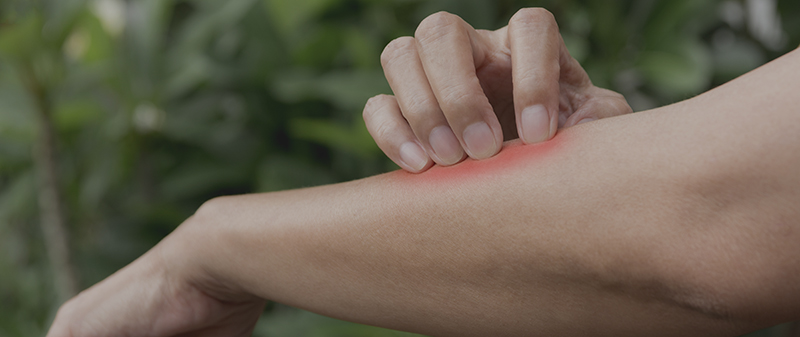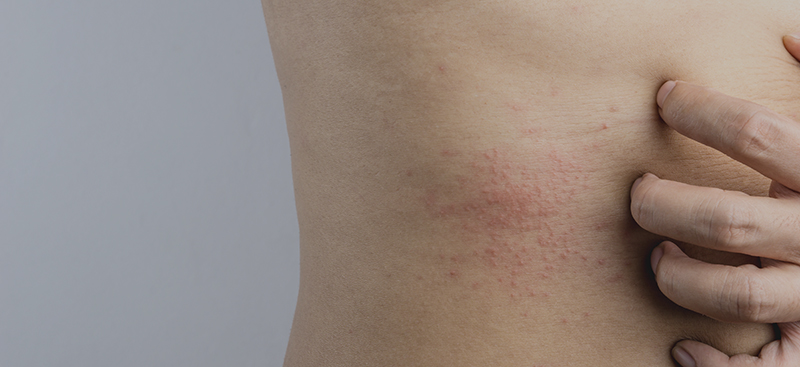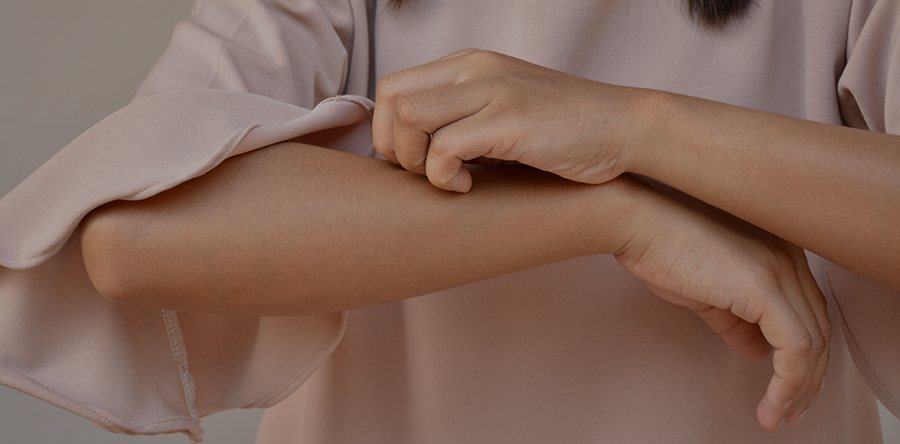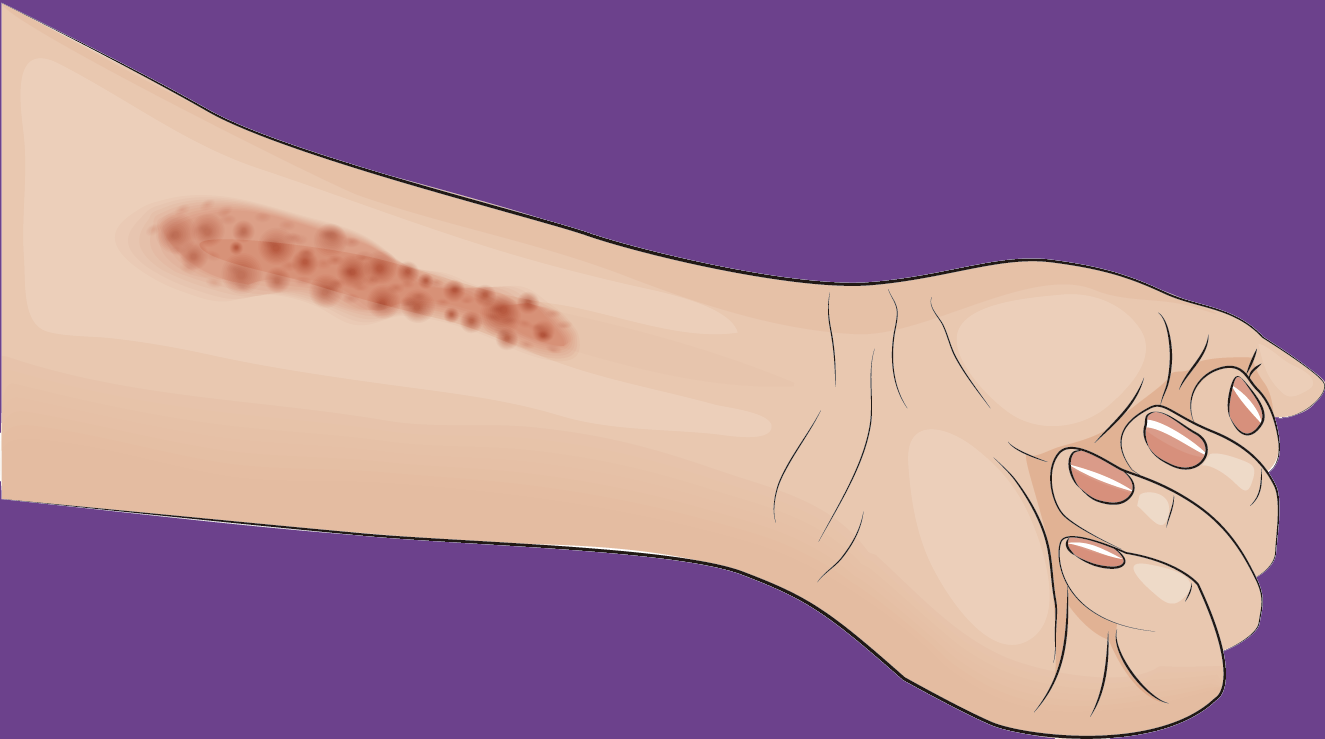
Johal KJ, Saini SS.
(2019) Ann Allergy Asthma Immunol. 2019 Sep 5. pii: S1081-1206(19)31054-3. doi: 10.1016/j.anai.2019.08.465. [Epub ahead of print] Review.
This is a review of published literature on current and new treatments for chronic spontaneous urticaria.
Chronic spontaneous urticaria is defined as the spontaneous appearance of wheals, angioedema or both for at least 6 weeks due to unknown causes. The management of chronic urticaria frequently overlap with chronic spontaneous urticaria, with the primary aim of the treatment being to eliminate symptoms. Current guidelines recommend H1-antihistamines (up to 4 times the upper limit of normal dosing) with the possible use of an LTRA, H2-antihistamines or alternative ones prior to omalizumab.
A PubMed search was performed to include relevant articles, including studies if they provided information related to the current understanding of the pathophysiology and management of chronic spontaneous urticaria, as well as potential novel therapeutics.
Current treatments include antihistamines, leukotriene receptor antagonists, omalizumab and immunosuppressants. New therapeutics under investigation include new IgG1 and anti-IgE monoclonal antibody with higher affinity for IgE than omalizumab (ligelizumab), targets of receptors regulating inflammatory cell chemotaxis, such as CRTH2/DP2 antagonists (AZD1981), Btk inhibitors (fenebrutinib), anti-siglec-8 monoclonal antibody (AK002) are thought to lead to apoptosis of eosinophils and anti-mediator effects on mast cells, topical syk inhibitors (GSK2646264) and designed ankyrin repeat proteins (DARPins).













